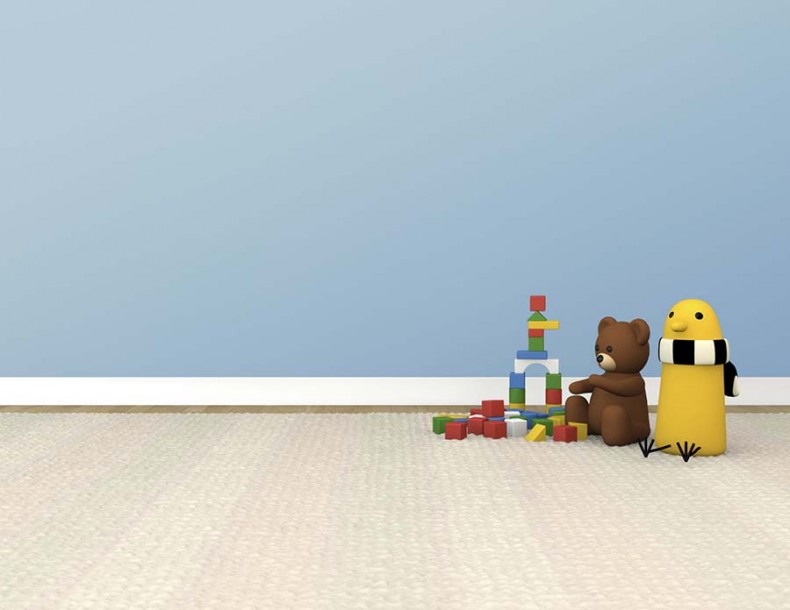Lead-based paint hazards at home
By Hannah McKenzie
Q: I am planning energy efficiency upgrades for my home. I am concerned about the possibility of lead dust impacting my children. How do I know if it is a problem and how do I safely move forward with construction?
A: Potentially harming our children with the irreversible lifelong health effects of lead poisoning can be terrifying. Thankfully, there are great resources and assistance to ensure our homes are safe, especially for our children.
If your home was built before 1978, there is a possibility it has lead-based paint. Lead paint is present in millions of U.S. homes, sometimes under layers of newer paint. If the paint is in good shape, the lead paint is usually not a problem. Deteriorating lead-based paint (peeling, chipping, chalking, cracking or damaged) is a hazard and needs immediate attention. Lead from paint, including lead-contaminated dust, is one of the most common causes of lead poisoning.
As you are likely aware, exposure to lead can seriously harm a child’s health and can result in behavior and learning problems, lower IQ, hyperactivity, slowed growth, hearing problems and anemia. Lead is also harmful to adults and especially for a developing fetus. The good news is that lead poisoning is preventable.
Follow the steps
Lead-safe renovation may seem daunting and expensive but it really isn’t. It involves following steps that minimize spreading the dust while the renovation is in progress. Many renovators already follow similar steps. The U.S. Environmental Protection Agency recommends the following process when renovating a home built prior to 1978:
- Step 1: Determine if the job involves lead-based paint by hiring a North Carolina-certified lead-based paint inspector or risk assessor. The North Carolina Health Hazards Control Unit (HHCU) maintains a list of certified lead professionals on their website: schs.state.nc.us/lead.
If lead is found in your home, it is highly recommended that a North Carolina-certified lead renovation firm be hired to do the work. HHCU maintains a list of certified renovation firms and helpful renovation information on their website. If you choose to do the work yourself, it is extremely important to follow lead-safe practices that can be found at the EPA link (search for renovation, repair, painting at epa.gov) or by calling HHCU or the National Lead Information Center. - Step 2: Set up the jobsite safely. This involves a lot of plastic and tape to cover surfaces, unmovable furniture and HVAC vents to keep all dust contained in the work area in a way that is easy to clean.
- Step 3: Protect workers with appropriate safety gear and clothing.
- Step 4: Minimize the dust by choosing appropriate tools.
- Step 5: Leave the work area clean.
- Step 6: Control the waste to ensure the lead dust remains contained.
- Step 7: Verify work completion with the cleaning verification procedure.
Don’t make assumptions
No matter when your home was built, the North Carolina Childhood Lead Poisoning Prevention Program (CLPPP) recommends children’s blood lead levels be tested at 12 months and again at 24 months of age. Contact your pediatrician or local health department to request a blood lead screening. You can also call CLPPP at 888-774-0071 for more information.
-
Share this story:




